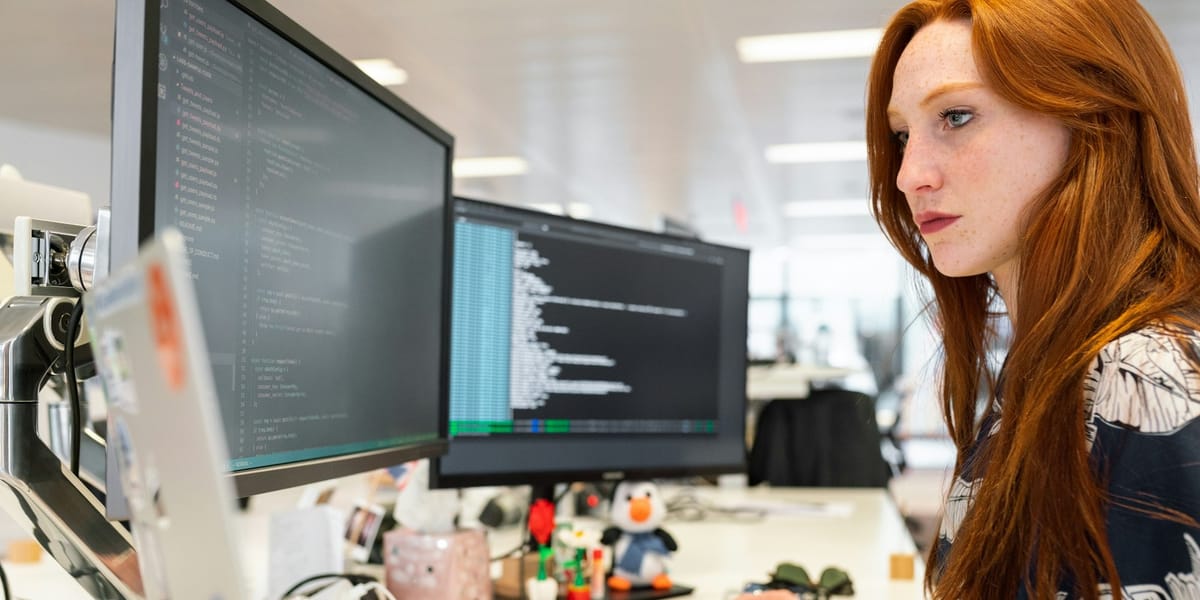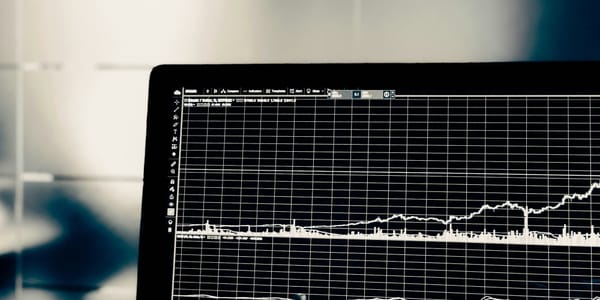Topological Quantum Computing: Where Mathematics, Physics, and Computing Collide

Quantum computing promises to transform fields from medicine to finance with its unprecedented power. But to fully realize this potential, scientists must overcome the inherent fragility of quantum systems. This is where a branch of physics and mathematics called topological quantum computing enters, offering a tantalizing prospect of remarkably robust quantum computers.
Topology: The Key to Error-Resistant Quantum Bits
Topology is a mathematical field concerned with properties of objects that stay the same even when the object is bent, stretched, or distorted. Imagine a coffee mug and a donut: you can deform one into the other without cutting or gluing, making them topologically equivalent.
Now, imagine exotic particles called 'anyons' that only exist within certain materials under extreme conditions. Anyons have extraordinary properties: the way they move and interact can represent quantum information in a manner inherently resistant to the disturbances that plague standard quantum computers. It's like the information is encoded into the very fabric of their topological being.
Why Topological Quantum Computing is Exciting
If we successfully harness anyons, we could construct quantum bits (qubits) much less prone to errors. This stability would revolutionize:
- Materials Science: Designing materials with never-before-seen properties becomes simpler through simulation on quantum computers.
- Drug Discovery: Complex molecules and their interactions could be modeled accurately, speeding up the development of new medications.
- Cryptography: Certain encryption methods that can be broken by traditional quantum computers would likely withstand the power of topological quantum computers.
Recent Advancements in the Field
2024 and the years leading up to it are seeing significant movement in the field:
- Seeking the Right Materials: Scientists are actively searching for and creating materials that exhibit the required topological properties to host anyons. The focus is on finding ways to manipulate these exotic states of matter reliably.
- Simulating Anyons: Mathematicians and physicists are developing intricate models to understand and predict how anyons behave. These models are key to designing practical logic gates necessary for a quantum computer.
- Braiding: A fundamental operation in topological quantum computing is the intricate "braiding" of anyons. Researchers are finding ways to experimentally achieve this kind of control over these unusual particles.
Challenges and the Long Road Ahead
Topological quantum computing remains largely theoretical. Real-world challenges abound:
- Creating and Controlling Anyons: Observing and manipulating these exotic particles in the lab is exceedingly difficult. Significant advances in materials science and experimental techniques are needed.
- Building a Scalable Computer: It's still unknown how many anyons and how much intricate control would be required to create a useful topological quantum computer.
Where to Dive Deeper
- Institutions: Microsoft Research, Google Quantum AI, and the National Institute of Standards and Technology (NIST) are heavily invested in this field.
- Journals: Keep an eye on publications in Nature Physics, Physical Review Letters, and Science.
Research Sources
- Freedman, M., Nayak, C., Walker, K., & Wang, Z. (2001). Projective ribbon permutation statistics. Communications in Mathematical Physics.
- Stern, A. (2008). Anyons and the quantum Hall effect—A pedagogical review. Annals of Physics.
Topological quantum computing is a complex, young field, but its potential is vast. The research happening now is laying the groundwork for a future where we might solve currently intractable problems, driven by quantum computers whose power is shielded by the beautiful and resilient mathematics of topology.



